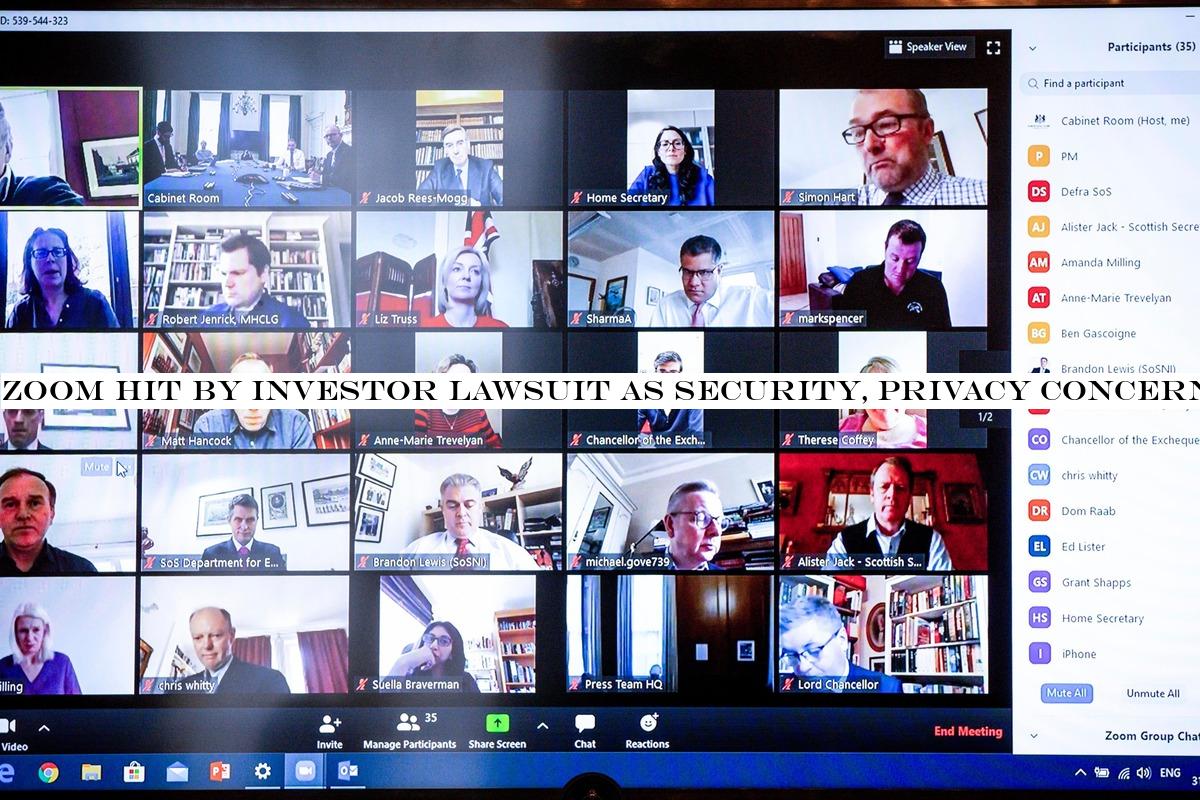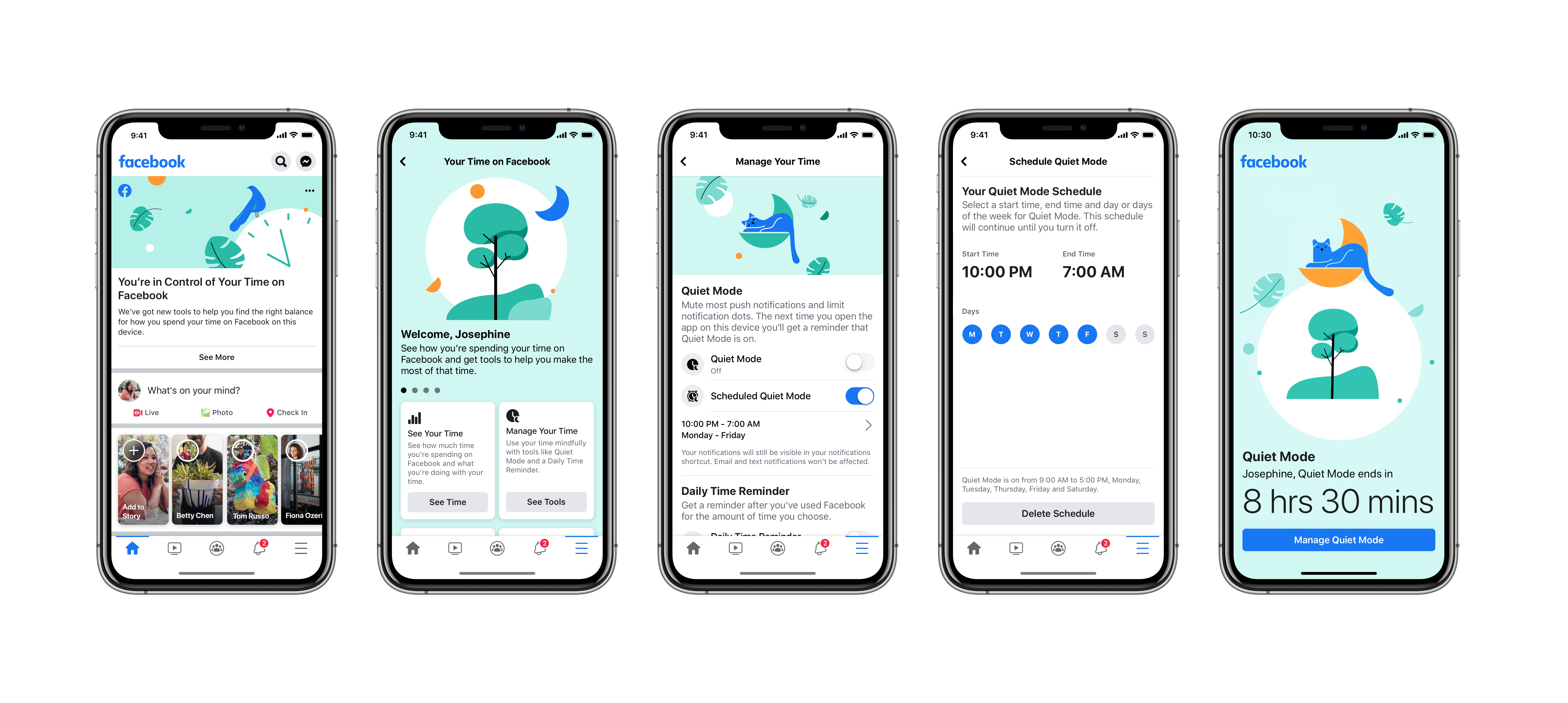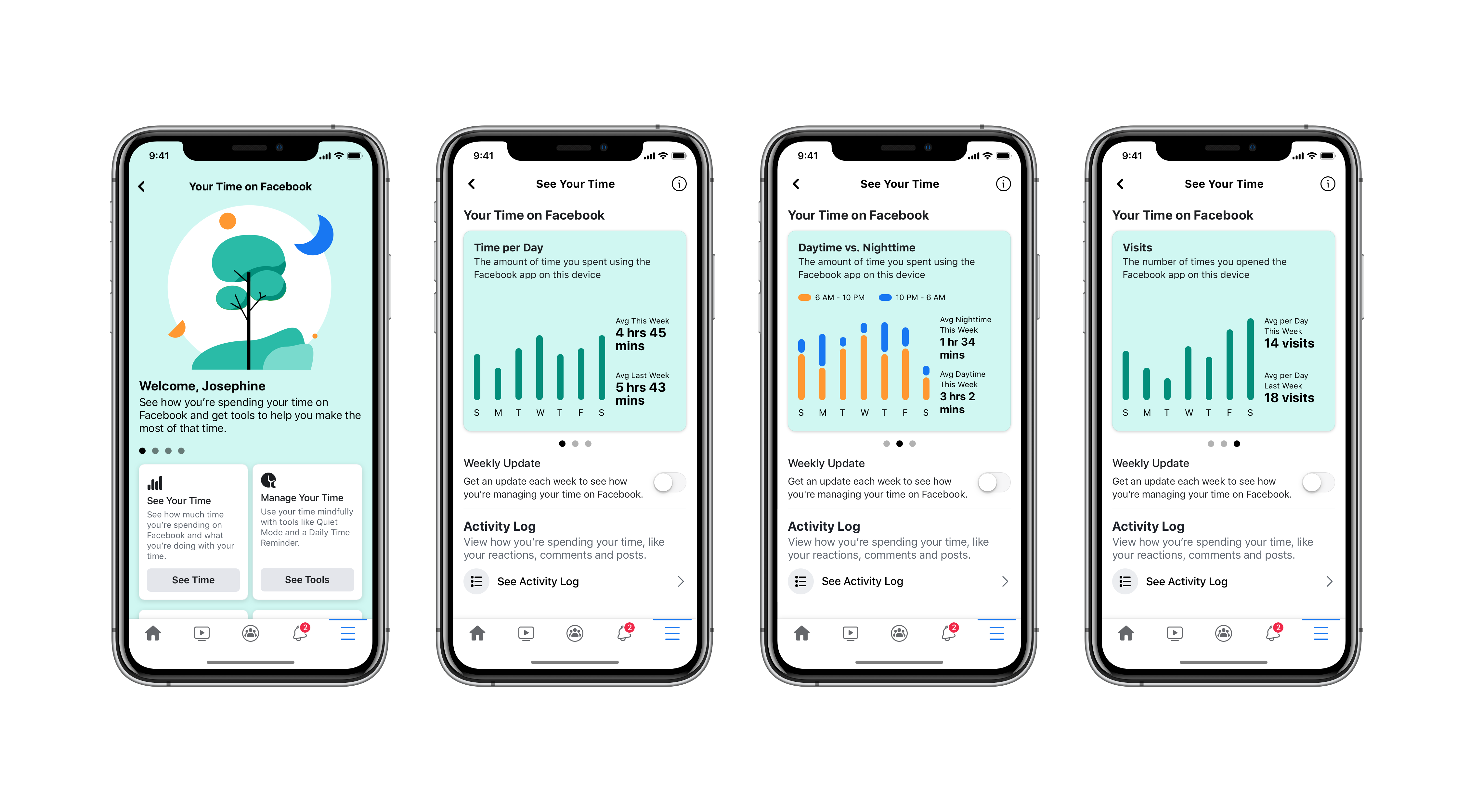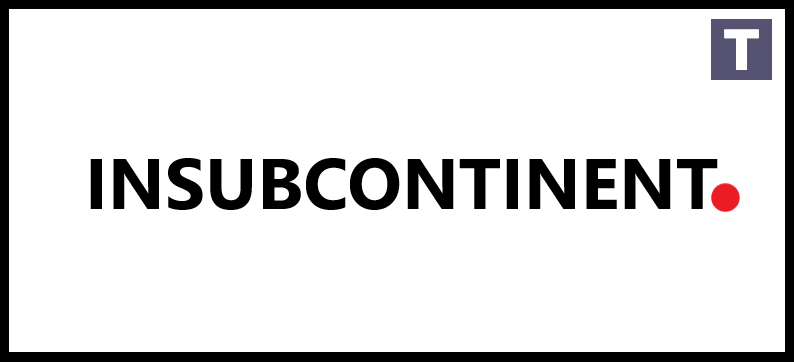Music
Trailers
DailyVideos
India
Pakistan
Afghanistan
Bangladesh
Srilanka
Nepal
Thailand
Iraq
Iran
Russia
Brazil
StockMarket
Business
CryptoCurrency
Technology
Startup
Trending Videos
Coupons
Football
Search
Download App in Playstore
Download App
Best Collections
Technology

Situated on a (usually) busy London street, a smallprint-and-copy shop is 3D printing face masks for health workers at its local hospital.
It isn&t alone.
3D printers are being pressed into use to churn out equipment for medical staff worldwide, and while ita drop in the ocean in terms of meeting demand, itremarkable how the technology is rising to the challenge.
Can 3D printing support health emergency?
3D printing hasn&t become as mainstream a process as people had hoped.This may be because of the cost of the equipment, the time the process takes, the expense of raw materials or even the current limitations of the technology.
To read this article in full, please click here
- Details
- Category: Technology Today
Read more: 3D printing signs up to fight COVID-19
Write comment (97 Comments)
Working from home is easy for some and difficult for others, but one place itdownright impossible is the International Space Station . So pandemic or no pandemic, the latest crew had to get themselves up there. They&ve just had a successful launch and arrival, but only after a protracted quarantine period.
To be clear, ISS crews are always quarantined prior to launch to make sure they don&t bring the flu up from a chance encounter, but given the coronavirus situation, this was a special occasion. Quarantine started in April and not even the crewfamilies were allowed to be confined with them. Only essential personnel were allowed at launch.
I&ve asked NASA for more details and any extra measures they&ve taken regarding the coronavirus for this or future missions.
Expedition 63 will relieve the current crew after about a week of overlap, during which no doubt the ISS begins to feel fairly crowded.
This crew is special in that among its duties will be to welcome the astronauts aboard the first Commercial Crew mission to the ISS, who will arrive on a SpaceX Crew Dragon capsule launched aboard a Falcon 9 rocket. That mission, too, is currently on schedule for May despite the pandemic.
Every crew mission for years has been done using Russiavenerable Soyuz spacecraft. These have been updated continually for decades, but still feature more than a little of what might best be described as &repeatedly flight proven& technology.
The effort to engineer a state of the art spacecraft for crewed missions has lasted several years, coming down to SpaceX and rival Boeing in the home stretch. But while both have suffered repeated delays, Boeing has had numerous other failures that have pushed its launch out toward the end of the year and perhaps beyond. SpaceX, on the other hand, is ready to go.
The first Commercial Crew mission, whether itnext month or a little later, will be the culmination of years of competition, and the first time a crew has gone to orbit in an American-made spacecraft since the Shuttle was retired. (Virgin Galactic has piloted its spacecraft to the edge of space, but its human-rated craft is not an orbital vehicle.)
If all goes well, NASAChris Cassidy and Roscosmos Anatoly Ivanishin and Ivan Vagner will welcome the historic mission to the ISS soon.
- Details
- Category: Technology Today
Read more: After an extended quarantine, the next ISS crew arrives in orbit
Write comment (92 Comments)
The challenges facing Zoom continue to mount, as the company now faces an investor lawsuit and more organizations ban the use of the video meeting app due to privacy and security concerns. The company also upped efforts to improve its security and privacy practices by hiring Facebookformer CSO as a consultant.
Zoom has seen a surge in use in recent weeks as self isolation in response to the pandemic ramps up the demand for video software.As its popularity has boomed & both for business and personal use & and the companystock price rocketed, Zoom has come under pressure on a number of fronts.
To read this article in full, please click here
- Details
- Category: Technology Today
Read more: Zoom hit by investor lawsuit as security, privacy concerns mount
Write comment (96 Comments)Facebook today is launching a new feature called &Quiet Mode& that will allow you to minimize distractions by muting the apppush notifications for a time frame you specify. The company announced the change as an update on its COVID Newsroom post, describing it as a way for users to set boundaries around how they spend their time on Facebook as they adjust to new routines and to working from home during the COVID-19 pandemic.
According to Facebook, you can either turn on or off Quiet Mode as needed or you can schedule to it run automatically at designated times. For example, if you work from home from 9 AM to 5 PM, you could set Quiet Mode to automatically run during your workday to reduce your temptation to waste time in the app.
If you try to launch Facebook during Quiet Mode, the app will remind you that you&ve set this time aside with the goal of limiting your time in the app, the company explains.

The controls for Quiet Mode will be found in a new section on Facebook where you can view other data about your time spent on Facebookplatform. Here, you&ll be able to browse charts that show you the time you&ve spent on Facebook on a daily basis, a comparison of your daytime versus nighttime use, and another chart that lets you see how many times you opened the Facebook app each day.
Facebook introduced its first &time spent& charts back in 2018, but their appearance has changed to better match the style of this new &Your Time on Facebook& section, rolling out today. Facebook has also now added more analysis, including new week-over-week trends, the time of day charges, and the chart displaying the number of visits.
In addition, this section will include an option to enable a weekly report that will let you know how you&re managing your time. It will also link to the Activity Log of your own interactions across Facebook, including your reactions, comments and posts. And it will link out to other features that were previously buried in the Settings, including your News Feed Preferences and Notification Settings.

The former is where you designate which people you see first on your News Feed, which to Snooze, which to Unfollow and so on. The Notification Settings section, meanwhile, lets you turn on or off the push notifications and emails for specific updates from Facebook, like new comments, friend requests, tags, birthdays and more.
These aren&t new features, but they&ve been relocated here to make the new section more of a one-stop-shop for managing your time on Facebook.
Todaychanges are the latest in a series of efforts Facebook has made in recent years focused on users& &digital well-being.&
The digital well-being movement pushes forward the idea that our smartphones and applications weren&t built with the mental health needs of their users in mind, but were rather designed to maximize the time we spend staring at screens. Users, having become aware of the addictiveness of our mobile devices, began to feel more negatively about screen time and their time-wasting apps.
Fearing backlash, tech companies — including Facebook, as well as the OS makers, Google and Apple — introduced more digital well-being features into their platforms. This includes the now built-in screen time controls that allow users to track and limit their time spent on phones and even the time spent in individual apps, like Facebook.
One iOS feature, in particular, may have posed a particular threat to Facebook: a new option introduced in iOS 12 that allowed users to more easily turn off app notifications right from the push notification itself. Apple even demoed how this could be used to silence Facebooknotifications easily — an effort to redirect this growing negative user sentiment to specific apps on its iOS platform, rather than toward the platform that allowed apps to spam users with alerts in the first place.
Facebookresponse to this iOS feature, belatedly, is todaylaunch of Quiet Mode. Instead of having its app notifications turned off entirely from the home screen of an iPhone, the option gives Facebook users more nuanced control. But it also means that Facebook retains permission to push its notifications during the hours Quiet Mode doesn&t run.
Facebook confirms Quiet Mode was in testing with a small percentage of Facebook users prior to todaylaunch. Itthe same feature that reverse engineer Jane Manchun Wong had spotted in March, in fact.
The feature is now rolling out to more people globally on iOS and will continue to do so over the next month or so, Facebook says. The rollout on Android will begin with testing in May and a broader release in June.

- Details
- Category: Technology Today
Read more: Facebook’s new ‘Quiet Mode’ option lets you turn off the app’s push notifications
Write comment (96 Comments)Earlier today, to get a sense of whathappening in the land of venture capital, the law firm Fenwick - West hosted a virtual roundtable discussion with New York investors Hadley Harris, a founding general partner with Eniac Ventures; Brad Svrluga, a co-founder and general partner of Primary Ventures; and Ellie Wheeler, a partner with Greylock.
Each investor is experiencing the coronavirus-driven lockdown in unique ways, unsurprisingly. Their professional experiences are very much in sync, however, and founders should know the bottom line is that they aren&t making brand-new bets at this very moment.
On the personal front, Wheeler is expecting her first child. Harris is enjoying lunch with his wife every day. Svrluga said that he hasn&t had so many consecutive meals with his kids in more than a decade. (He described this as a treat.)
Professionally, things have been more of a struggle. First, all have been swamped in recent weeks, trying to assess which of their startups are the most at risk, which are worth salvaging and which may be encountering unexpected opportunity — and how to address each of these scenarios.
They are so busy, in fact, that none is writing checks right now to founders who might be trying to reach them for the first time. Indeed, Harris takes issue with investors who&ve said throughout this crisis that they are still very open to pitches. &I&ve seen a lot of VCs talking about being open for business, and I&ve been pretty outspoken on Twitter that I think thatlargely bullshit and sends the wrong message to entrepreneurs.
&We&re completely swamped right now in terms of bandwidth& because of the work required by existing portfolio companies. Bandwidth, he added, &is our biggest constraint, not money.&
What happens when bandwidth is no longer such an issue? Itworth noting that none thinks that meeting founders exclusively remotely is natural or normal or conducive to deal-making — not at their firms, in any case.
Wheeler noted that while &some accelerators and seed funds that are prolific have been doing this in some way, shape or form for a bit,& for &a lot of firms,& itjust awkward to contemplate funding someone they have never met in person.
&The first part of the diligence process is the same, thatnot hard,& said Wheeler. &Itmeeting the team, visiting [the startupworkspace], meeting our team. How do you do that [online]?& she asked. &How do you mimic what you pick up from spending time together [both] casually and formally? I don&t think people have figured that out,& she said, adding, &The longer this goes on, we&ll have to.&
As for what to pitch them anyway, each is far less interested in sectors that aren&t highly relevant to this new world. Harris said, for example, that now is not the time to float your new idea for a brick-and-mortar business. Wheeler separately observed that many people have discovered in recent weeks that &distributed teams and remote work are actually more viable and sustainable than people thought they were,& suggesting that related software is of continued interest to Greylock.
Svrluga said Primary Ventures is paying attention to software that enables more seamless remote work, too. Telecommuting &has been a culture-positive event for the 18 people at my firm,& he said.
Naturally, the three were asked — by Fenwick attorney Evan Bienstock, who moderated the discussion — about downsizing, which each had noted was a nearly inescapable part of lengthening a startuprunway right now. (&It sucks,& said Svrluga. &People are losing their jobs. But to continue to run teams with the same organizational structure as 60 days ago, [which was] the most favorable environment for building industries, you can&t do it.&)
Their uniform advice for management teams that have to cut is to cut deeply to prevent from having to do it a second time.
Though no one wants to part ways with the people who they&ve brought aboard, &no CEO has ever told me, ‘Dammit, we cut too far,& & said Svrluga, who has been through two downturns in his career. In contrast, &at least 30%& of the CEOs he has known admitted to not going far enough to insulate their business while also keeping its culture intact.
The &second cut hurts way more,& added Wheeler. &Itthe second [layoff] that really throws people.&
If you&re wondering whatnext, the VCs all said that they&ll be receptive to new ideas after working through layoffs and burn rates and projected runways, along with the new stimulus package that they&re trying to find a way to make work for their startups.
As for how soon that might be, Wheeler and Svrluga suggested the world might look less upside down in a month. They proposed that four or so more weeks should also give founders more needed time to adjust some of their expectations.
Harris seemed to agree. &It will probably be a gradual thing . . . I&m not sure what next week holds, but feel free to ping me in a month and I&ll let [founders] know if I think itopening up.&

- Details
- Category: Technology Today
Starship Technologies has launched a robot food delivery service in Tempe, Ariz., as part of the autonomous delivery startupexpansion plans following a $40 million funding round announced last August.
Starship Technologies, which was launched in 2014 by Skype co-founders Ahti Heinla and Janus Friis, has been ramping up commercial services in the past year, including a plan to expand to 100 universities by late summer 2021.
Now, with the COVID-19 pandemic forcing traditional restaurants to close and placing more pressure on gig economy workers, Starship Technologies has an opportunity to accelerate that growth.
Tempe isn&t the only new areas added amid the COVID-19 pandemic. Starship added a grocery delivery service in Washington, D.C in late March and expanded to Irvine, Calif. It also expanded its service area in Milton Keynes, U.K., where it has been operating since 2018. The company said it plans to add more cities in the coming weeks.
&The demand for contactless delivery has expanded exponentially in recent weeks,& Ryan Tuohy, who heads up business development at Starship Technologies, said in a statement. &We&re looking forward to serving the Tempe community as more people are looking for ways to support local businesses while spending more time at home. Our robots are doing autonomous deliveries in five countries and we&re grateful that our robots can make life a little bit easier for everyone.&
The autonomous robots, which can carry up to 20 pounds, could find a new customer base as people seek ways to get groceries and food without having to visit in person. Users place their order via the Starship Deliveries app and drop a pin where they want the delivery sent. The robotprogress can be watched via an interactive map. Once the robot arrives, users receive an alert, and can then meet and unlock it through the app. The robots, which can cross streets, climb curbs, travel at night and operate in both rain and snow, are monitored remotely by Starship. Human operators can take control of the robots if needed.
In Tempe, the delivery service will initially employ more than 30 autonomous, on-demand robots between 10:30 a.m. and 8:30 p.m. daily in a geofenced area that includes several restaurants and a residential area. The service area is located about two miles from Arizona State University . Local residents are able to use the app to order from three restaurants, including Fate Brewing Company, Tempe City Tacos and VeneziaPizza of &Breaking Bad& fame.
Starship Technologies said it will expand the Tempe service area and add more restaurants and grocery stores soon.
And while COVID-19 has caused universities to close, Starship said it is continuing delivery services on multiple college campuses across the U.S. where international and grad students are residing.

- Details
- Category: Technology Today
Page 995 of 1421

 14
14





